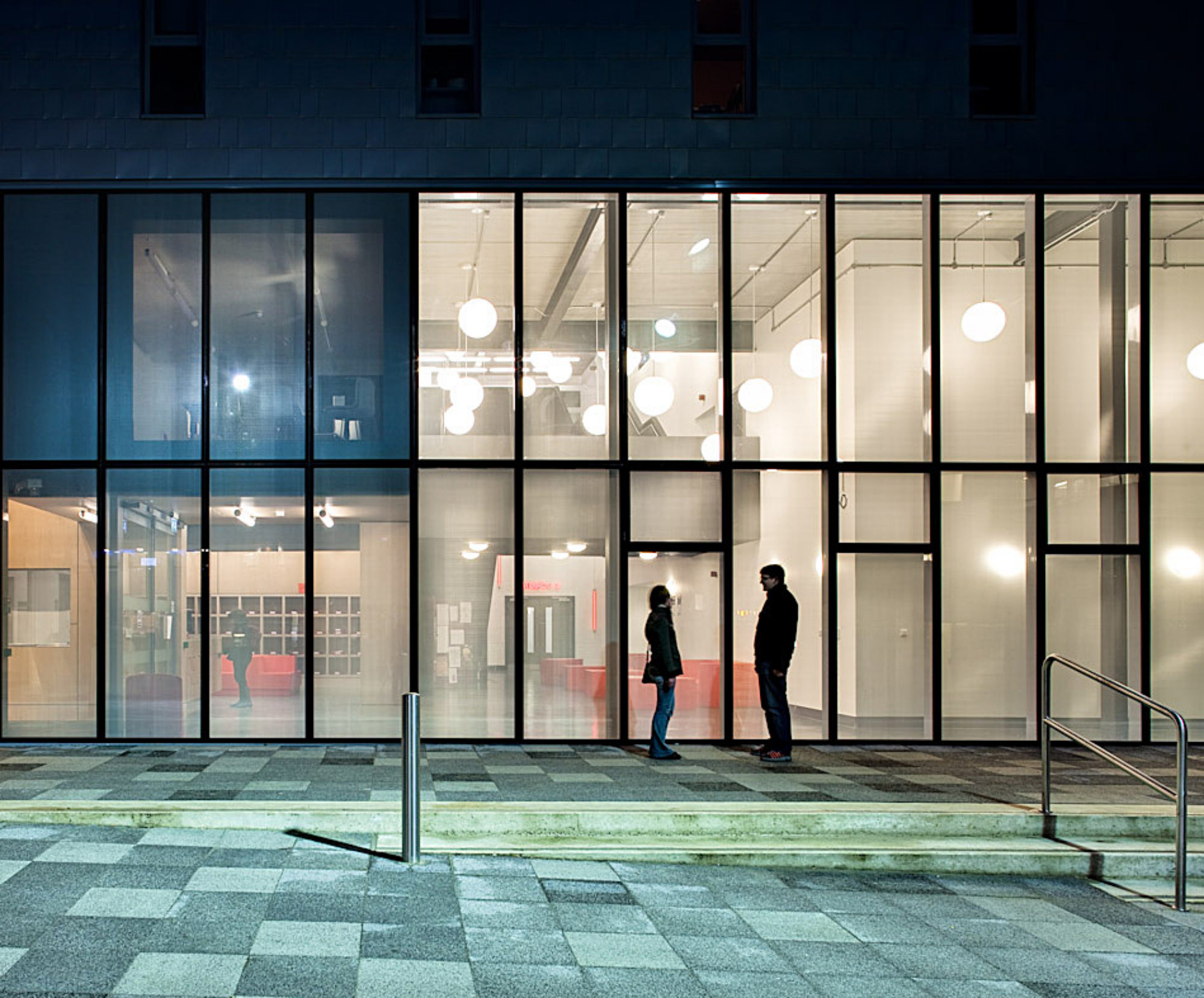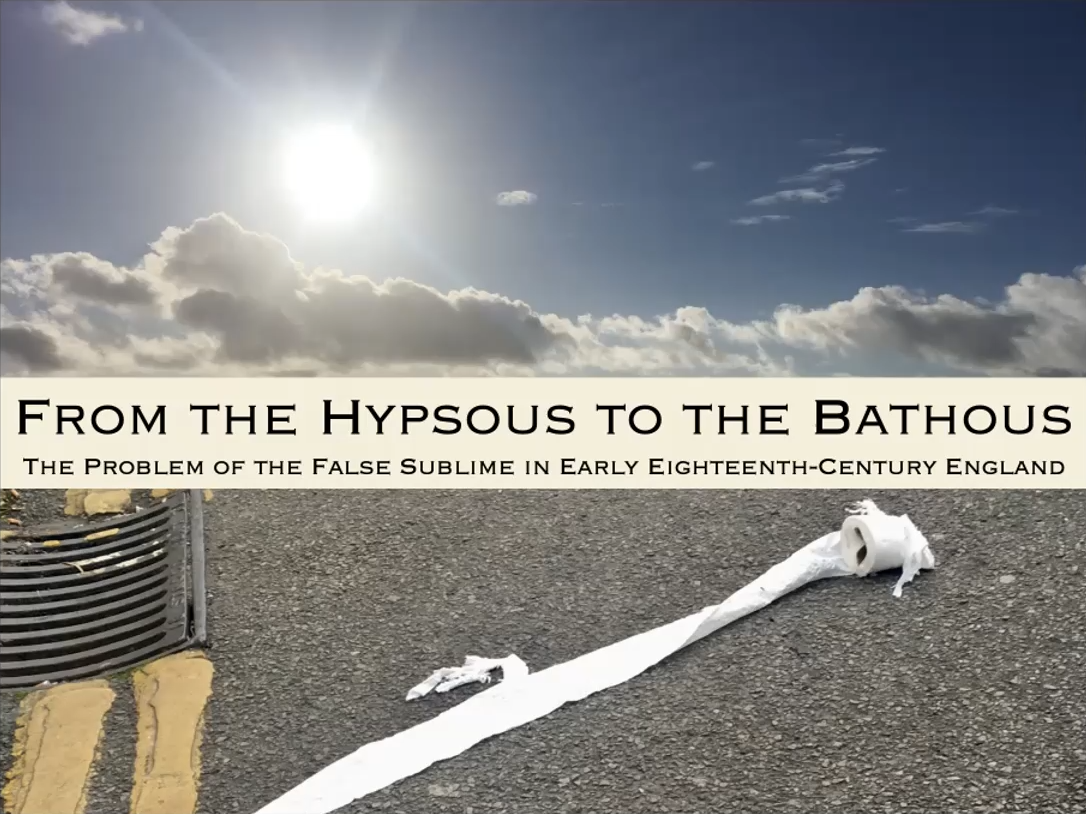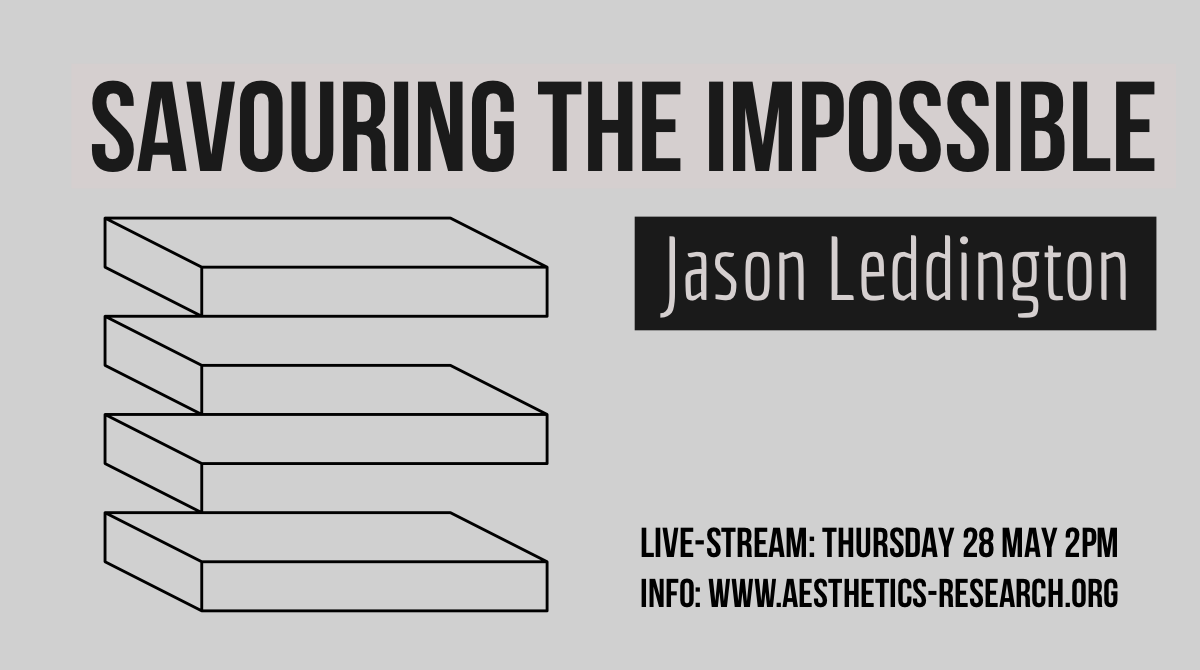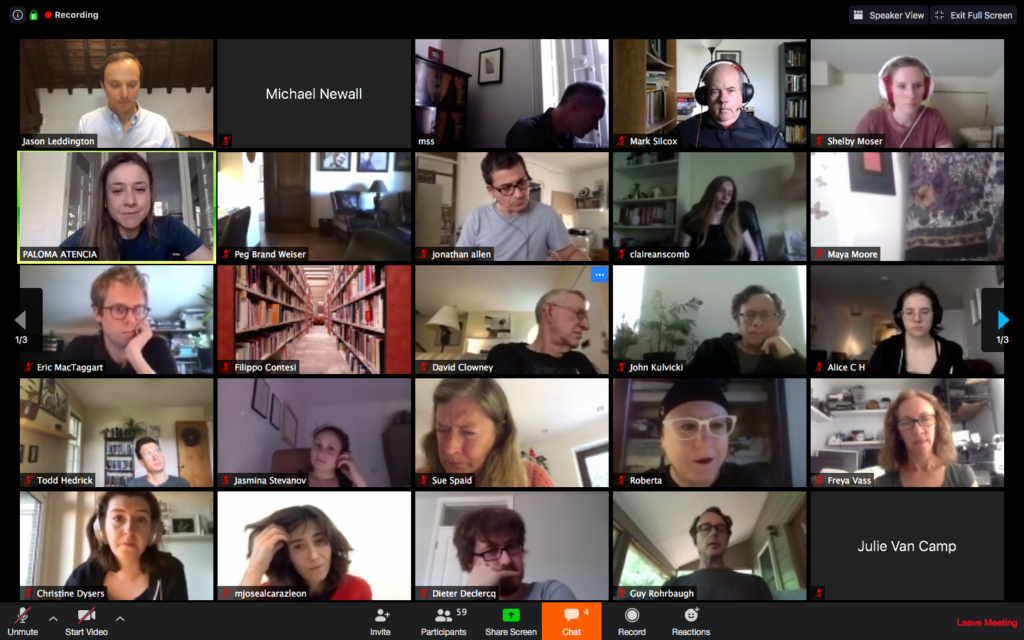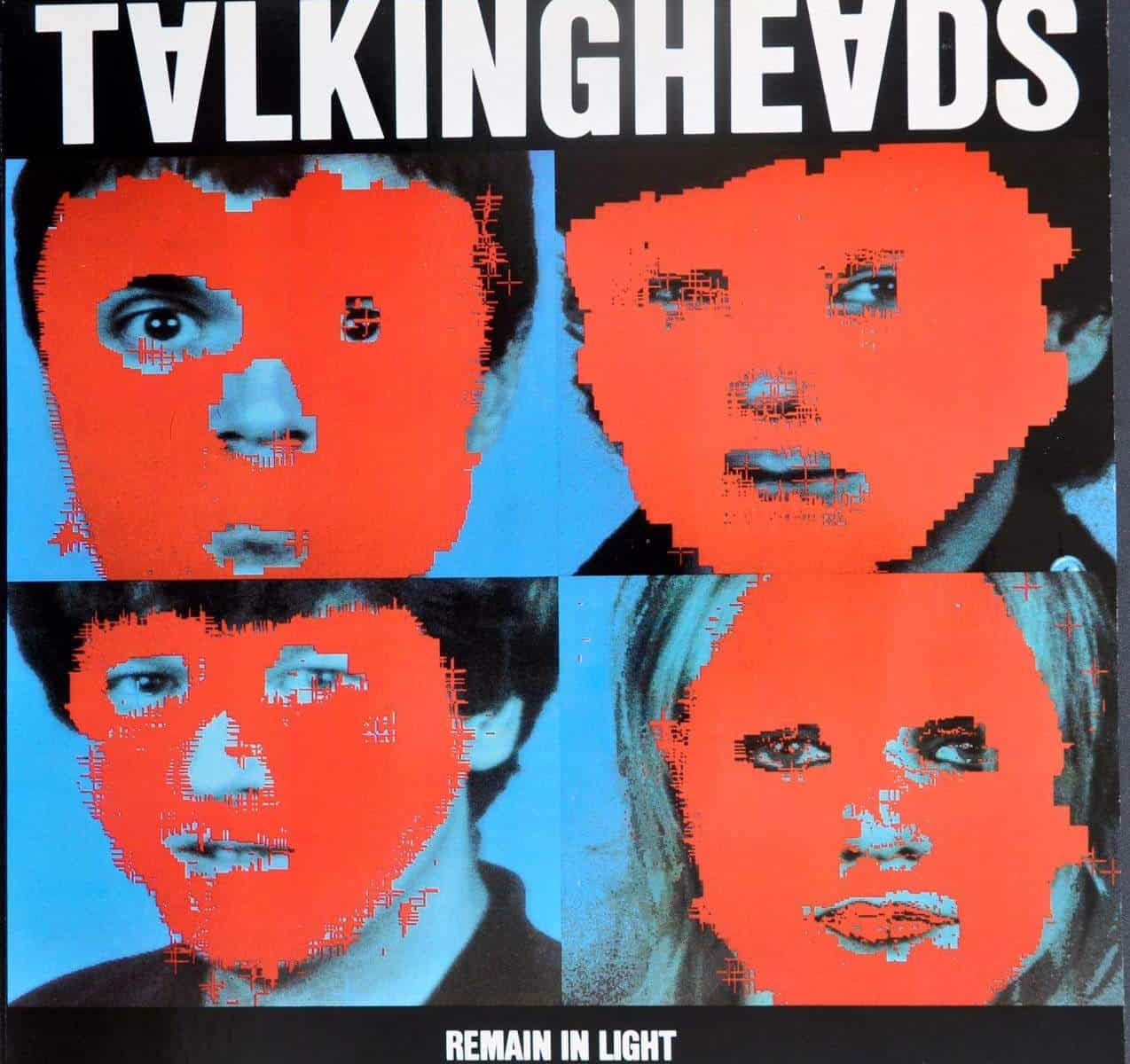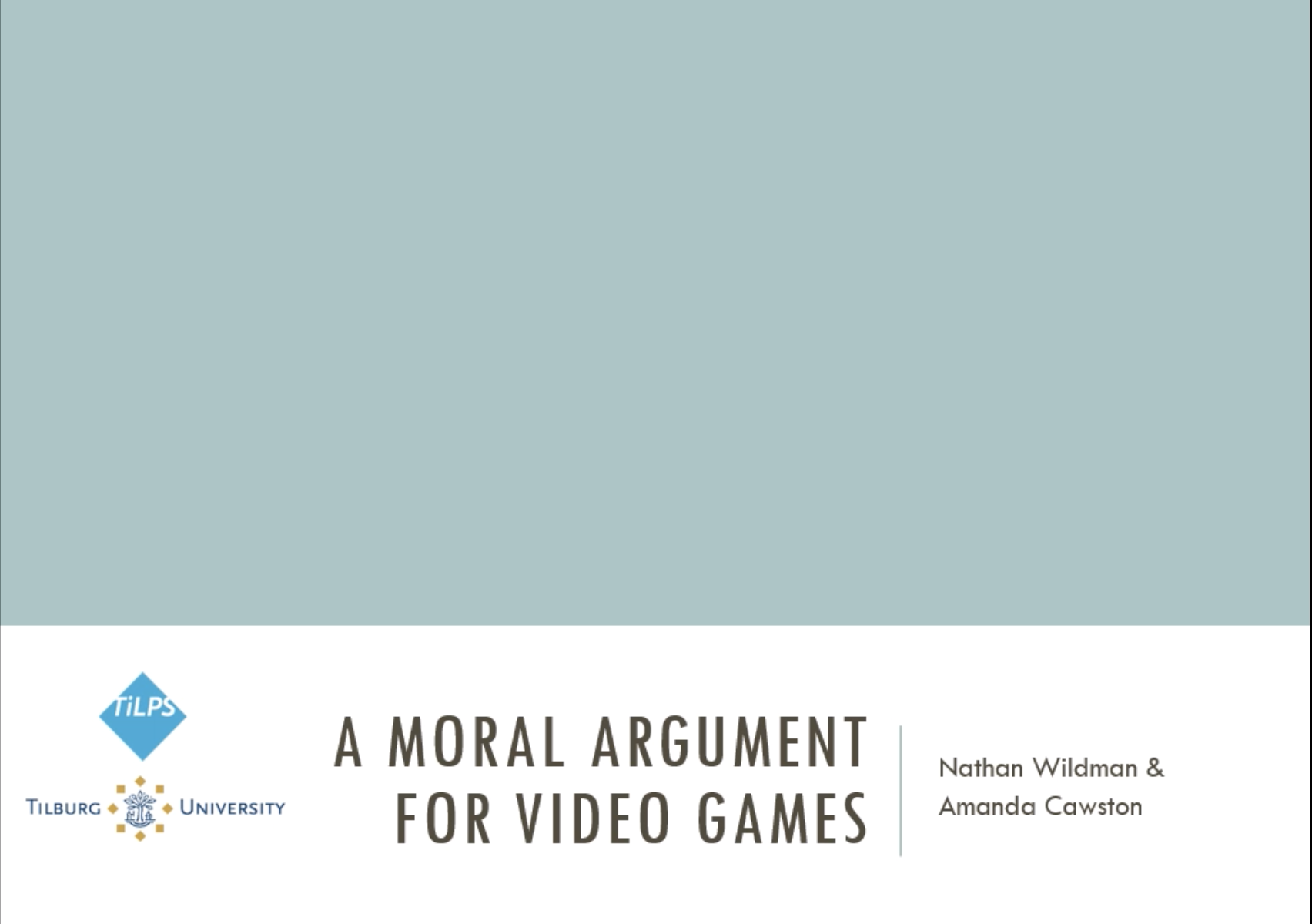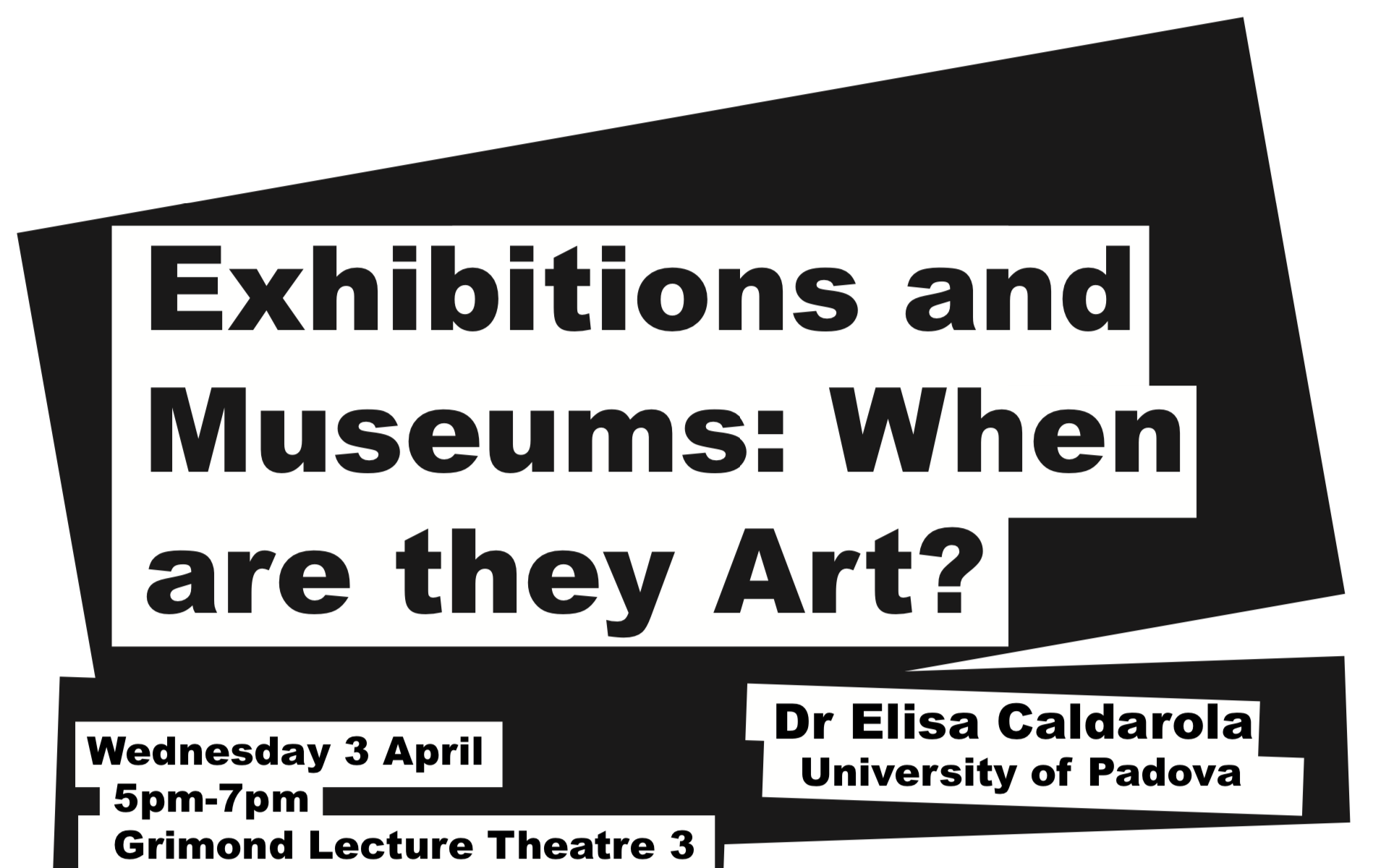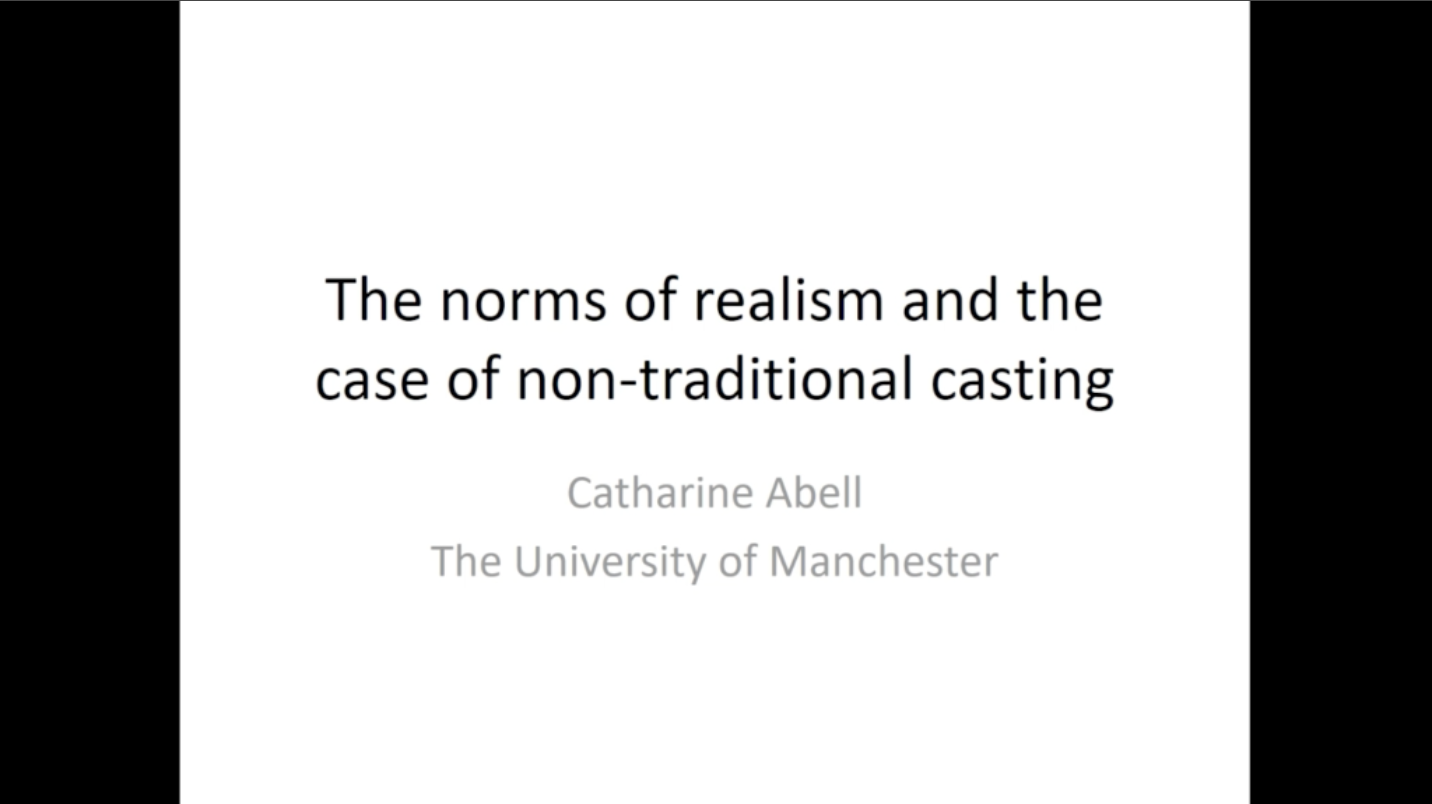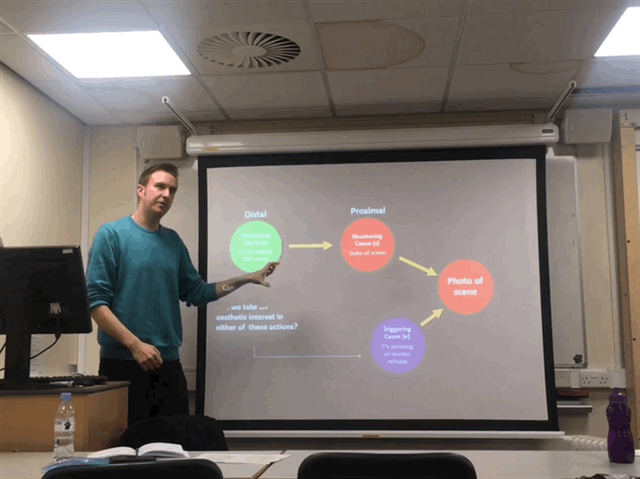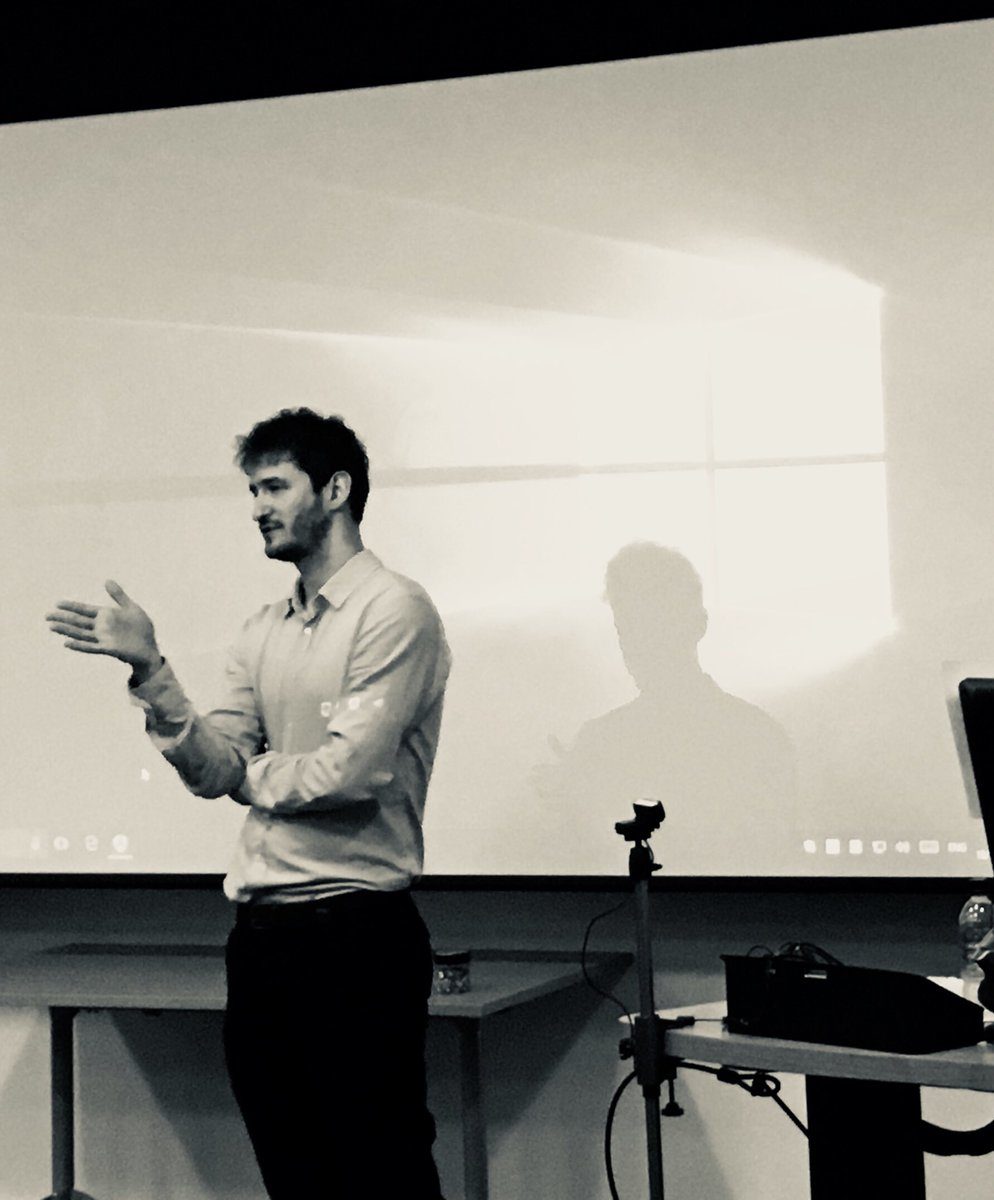Wednesday 3rd March 15:00 GMT
Dr. Kathrine Cuccuru
(Associate Research Fellow, Department of Philosophy, University of Sussex)
Abstract
‘Culture wars’ are not new. One of the most heated is played out in early eighteen-century England amongst the politically partisan satirical poets, and their prime target, the newly fashionable professional critic. According to these satirists, the critic dangerously peddles the false sublime.
Philosophers are now most familiar with the sublime as the aesthetic concept that captures our ‘terrible delight’; that transporting affect of grand and threatening physical nature. However, from its origins in the ancient rhetorical text Peri Hypsous, the earliest modern English accounts focus on the sublime in poetry. Philosophical debate initially centred on the sublime genius, who is understood to have the capacity to irresistibly transport the audience, i.e., create(through poetry) the true sublime effect that properly moves the character to the height of virtue. Significantly, the true genius must know the genuine sublime in order to rightly produce its effect. Problematically, though, the false sublime (i.e., melancholic enthusiasm, a kind of madness) has the same transporting effect. Raising the hotly contested worry: if not by its effect, how does the sublime genius know (and correctly judge) the true sublime, and how does an undeveloped character be virtuously moved by it?
This serious philosophical problem is, perhaps, unexpectedly, best illuminated by the satirical accounts. Particularly, by leading Scriblerian, Alexander Pope (1688-1744), in Peri Bathous: Or Maritinus Scriblerus his Treatise of the Art of Sinking Poetry (1727, 1728), where the bathous (‘profound’ depth) is an inversion of the hypsous (‘sublime’ height); thus, turning the sublime into the ridiculous. Although Pope clearly identifies the dangers of the false sublime, I argue that his account succumbs to the same problems as one of his main target’s, the literary critic John Dennis (1658-1734). Equally, that the Third Earl of Shaftesbury’s (1671-1713) appeal to raillery does not form a philosophical solution. Instead, that the (for them undesirable) Pyrrhonian reply exposes that these accounts largely amount to opposing intellectual elites defending their claim on moral and political opinion. A lesson for all culture wars, past and present.

